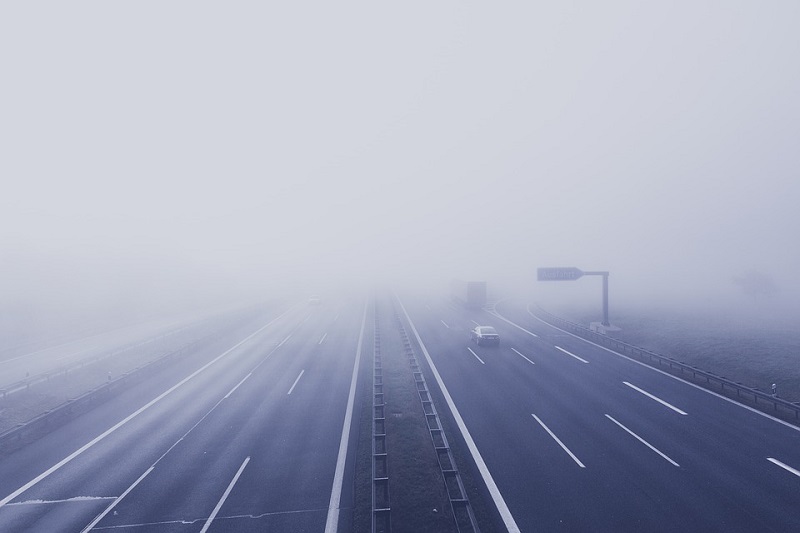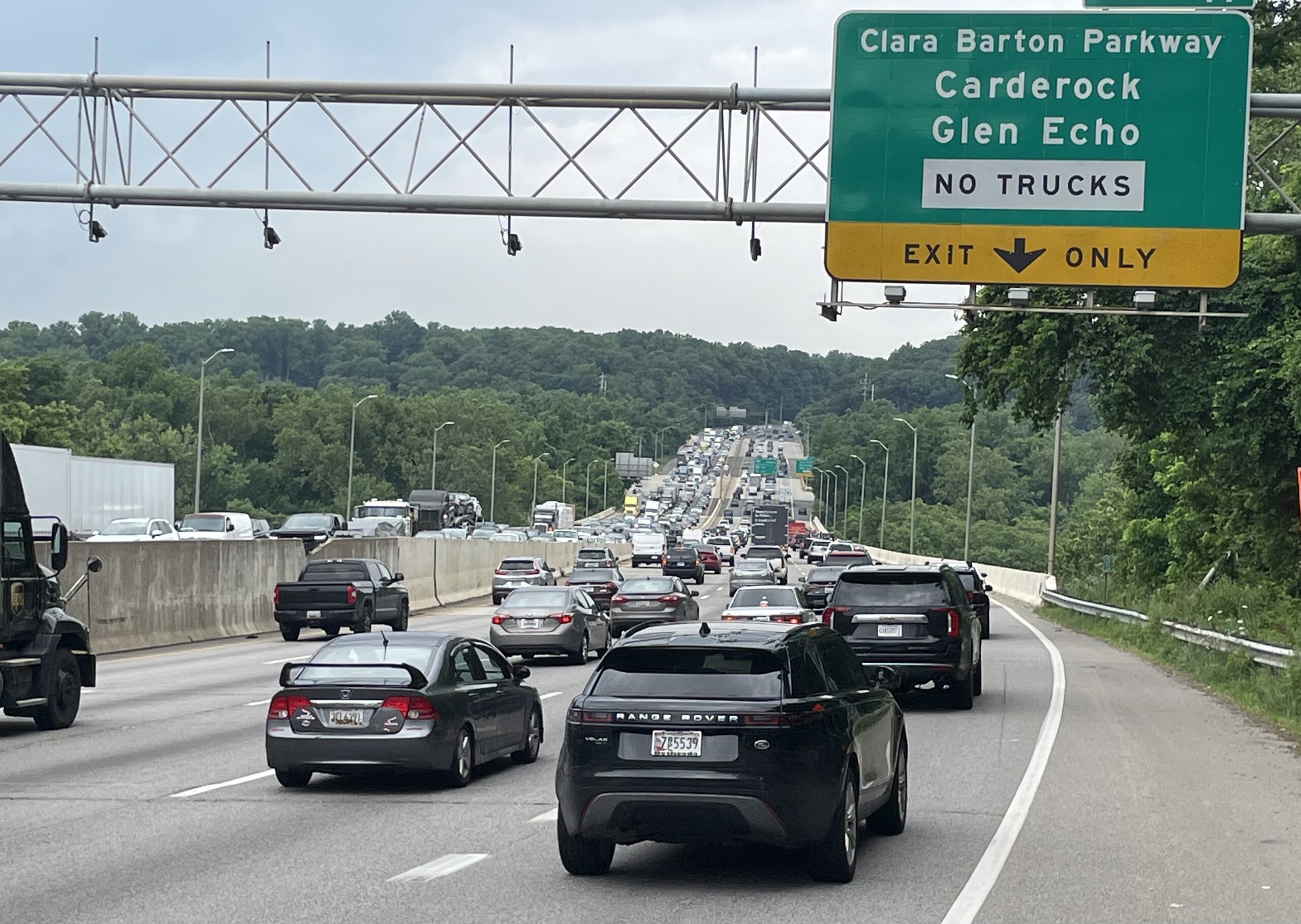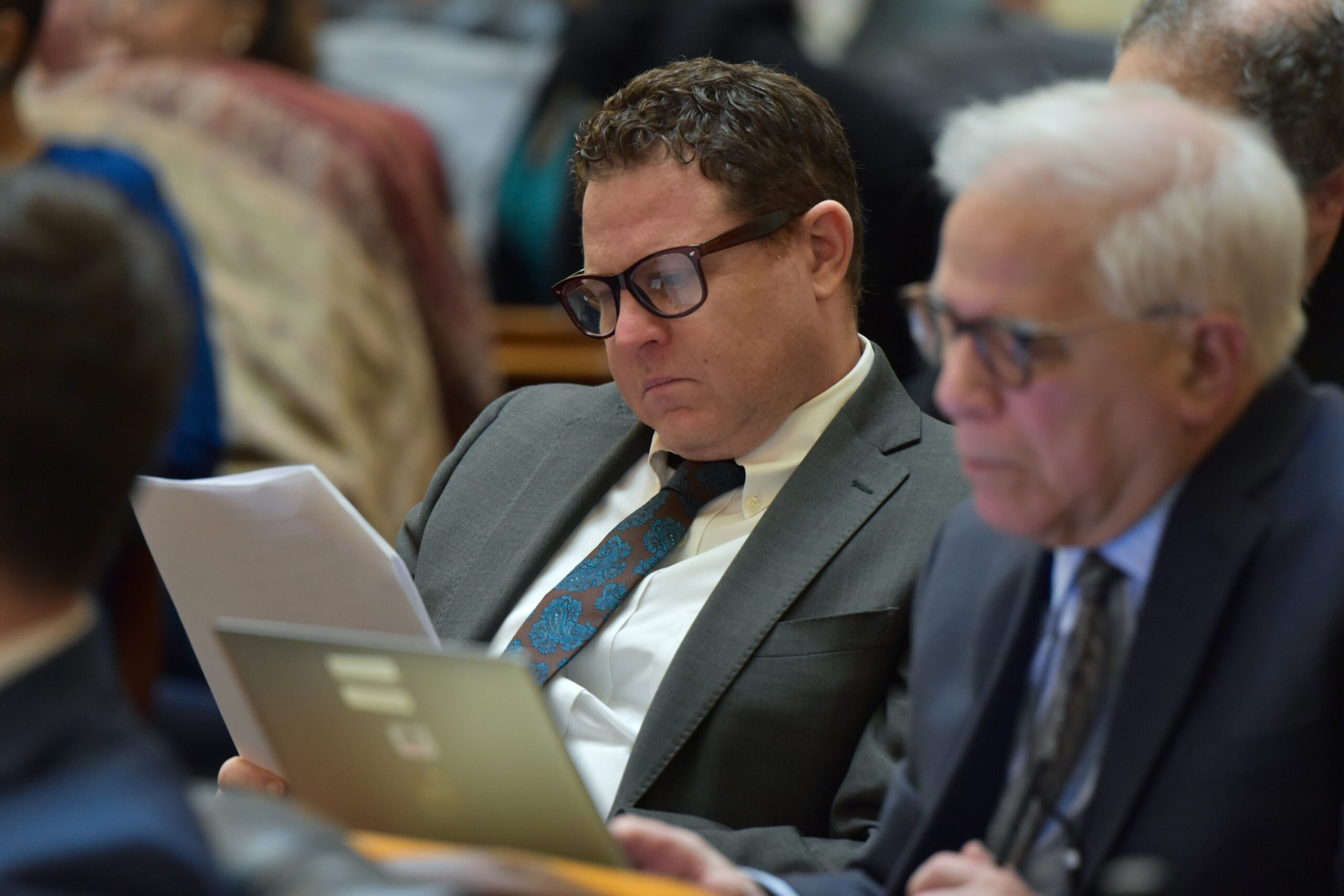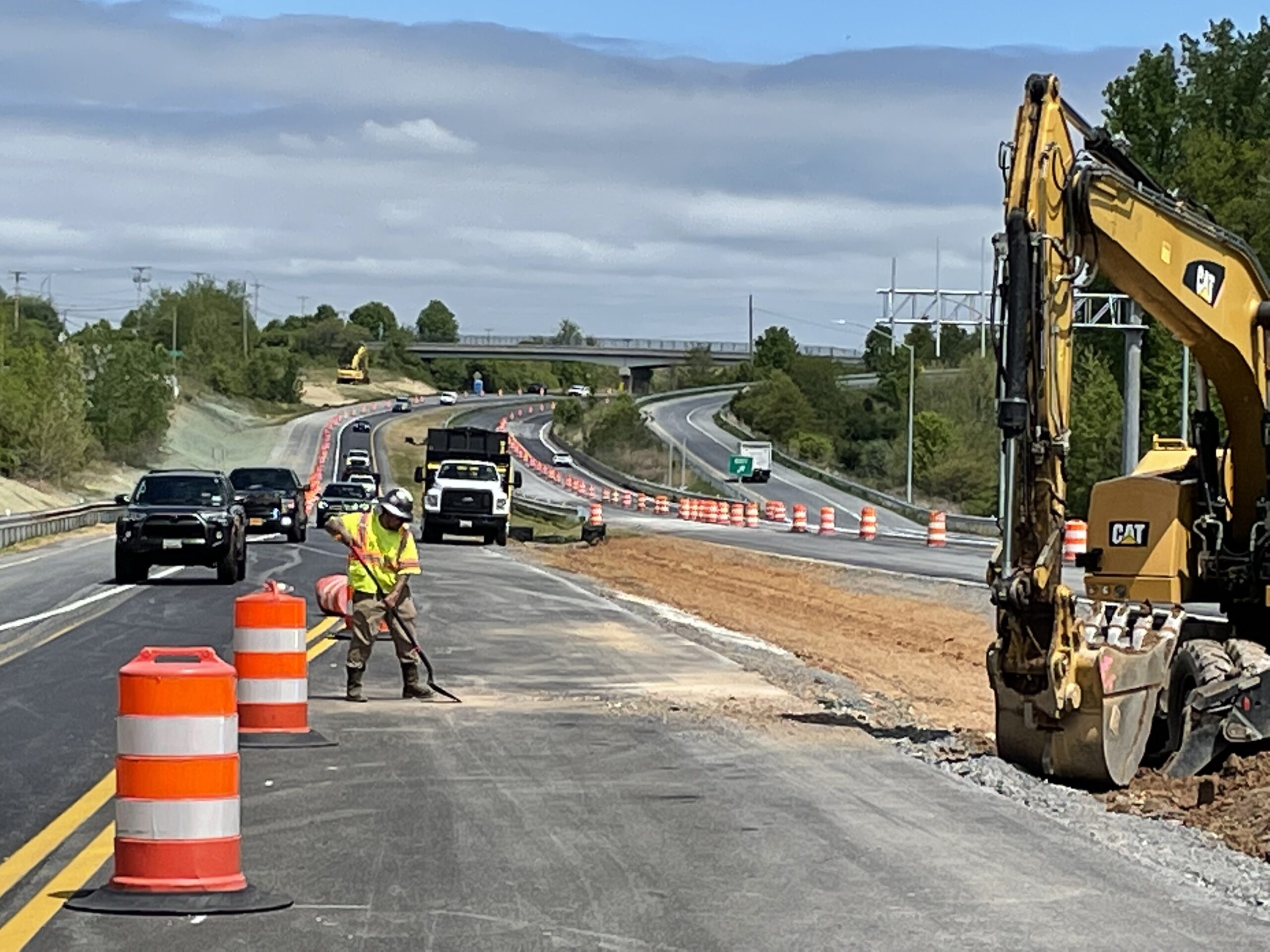
By Debra Butler
The writer is president of the Northern Virginia Citizens Association.
Arthur Katz’s guest commentary (“MDOT’s Road Plan Is Worse Than I Thought,” Maryland Matters, Jan. 4, 2022) is spot-on in its assessment of the Maryland Department of Transportation’s flawed toll lane plan for I-495/I-270.
What he predicts — new choke points where the toll lanes end, longer travel times and increased congestion that will “force” MDOT to build even more toll lanes — is already happening in Virginia, where our organization is based.
Marylanders, learn from our state’s mistakes.
Virginia’s toll-lanes (the “express lanes”) are essentially a transportation network within a network. You have to get off one network (general purpose lanes) and pay a toll to enter another network (express lanes). The major flaw in the model: there is always a choke point where the express lanes end and vehicles have to merge into existing traffic.
The North America president of Transurban, the Australian conglomerate with contracts for VDOT and MDOT toll lanes, has said, “The worst thing about the express lanes is the end.” The value of the toll you pay to save 20 minutes of travel time is lost if you get stuck in congestion trying to exit the express lanes.
We in Virginia have experienced nine years of express lane operation. VDOT/Transurban’s I-495 express lanes opened in 2012 after five long years of construction and a loss of 300 acres of highway tree buffer. We were promised no net cost to taxpayers, reduced congestion, better safety and a predictable commute if we chose to pay a toll.
Members of our organization live adjacent to the Express Lanes, but we cannot easily use them because of the location of the access ramps. The toll lanes don’t go where we need to travel. But since 2012, we have lived with the merge-point congestion Mr. Katz predicts for Maryland; we have also suffered along with commuters from Maryland who clog our neighborhood streets while trying to reach Georgetown Pike’s on-ramp to the Beltway and home.
VDOT was not successful in finding a solution to congestion at the merge choke point near the Dulles Corridor on-ramp after the express lanes opened. They were not successful in trying to move that chokepoint a mile down the road in 2015. Listen to what VDOT said in its own reports (I-495 Northern Section Shoulder Use Project Traffic Forecasting and Analysis Report, February 2014 and I-495 Express Lanes Northern Extension Detail-level Project Screening, Nov. 24, 2014) when congestion at this merge point became operationally and politically untenable in 2014, and they sought a short-term solution for the kind of problem Maryland will surely face.
“Although this facility [I-495 HOT Lanes] was constructed and is operated by a concessionaire [Transurban], VDOT has invested substantial funds to construct the Express Lanes facility that is currently operating under capacity, especially compared to the general purpose lanes, and supports increasing usage of the Express Lanes. Increased utilization of the Express Lanes facility will lead to corridor-wide benefits for all motorists along I-495, even if they do not choose to use the Express Lanes.
“Vehicle back up at the northern terminus of the existing Express Lanes into the general purpose lanes has created a northbound bottleneck, resulting in general purpose lane queues during peak hours which extend approximately 2.5 miles to the Route 7 interchange. Additionally, crashes due to this congestion and weaving movements of vehicles from the Express Lanes to the exit at the Georgetown Pike interchange have created safety issues in the Project area.
“Furthermore, the segment between Old Dominion Drive and the off‐ramp to Georgetown Pike had the highest crash density with a crash rate of 152 (per 100 million VMT), which is far above the Northern Virginia Average Interstate Crash Rate of 99 (per 100 million VMT).”
In these short paragraphs, VDOT admits that: 1) The state invested a significant amount of state taxpayer dollars in the project (over 50% of the $2 billion project was subsidized); 2) Drivers were not using the toll lanes as projected; 3) The project actually caused rather than reduced congestion; and 4) Accidents at the merge point are far above the average rate.
VDOT keeps expanding the express lanes on I-95 to “fix” the problem of congestion caused by merge-area chokepoints.
As Mr. Katz writes, the same will happen in Maryland. MDOT is only buying time by limiting construction to short, initial segments of I-270 and I-495. As public rage builds, MDOT will find it is “forced” to build more toll lanes — ones that will continue the pattern of fixing nothing.
We in Virginia know the enormous gap between what VDOT says and what we experience. Our state’s agreement with Transurban will last until the end of this century. That’s how long Virginia taxpayers may be locked out of any public solutions for the highways Transurban controls.
We encourage Marylanders to join Mr. Katz and the many other advocates opposed to MDOT’s toll lane plan in raising critical questions about a proposal with no benefits for most residents but obvious financial benefits for the private partner.
All of us must tell our elected and transportation officials to go back to the drawing board and find solutions that will give us control over our taxpayer-funded assets and actually improve transportation and the quality of our lives, not make them worse.




 Creative Commons Attribution
Creative Commons Attribution